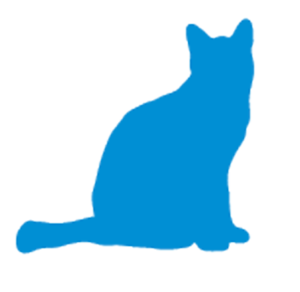Compulsive disorders involve repetitious, ritualised behaviours that are out of context and serve no function. In cats, the commonest forms of compulsive disorder relate to grooming, but tail chasing, light and shadow and the consumption of non-food items (pica) are also seen. In humans, repetitive behaviours are associated with a wide range of neurological and mental health problems, and the former classification of compulsive disorders has changed to take into account the specific aetiology associated with certain conditions. For example, trichotillomania in humans is now considered a form of impulse control disorder (a body-focussed repetitive disorder), rather than a classical compulsive disorder. It is likely that, with further knowledge, conditions currently described together as compulsive disorders in animals will be found to have a diverse aetiology. Feline hyperaesthesia syndrome is an existing example of this; formerly it was considered a compulsive disorder, and although it's aetiology not fully understood it is no longer considered to be a compulsive disorder. It is included in this section for convenience.
|
